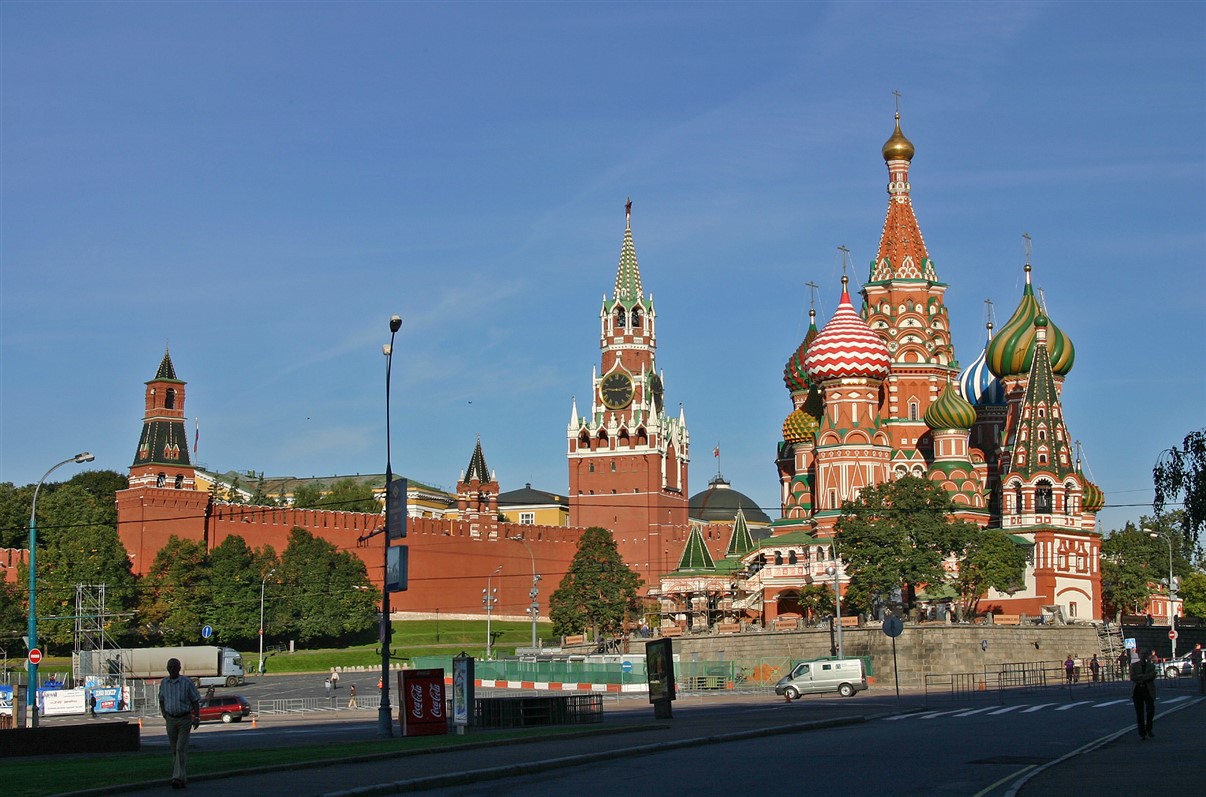I (Maarten) have been to Moscow three times. The last time was in 2006, so it’s fair to say that I waited a bit too long to write this post. We started this version of our blog in 2014 (I think), and I guess at that time I thought my pictures and knowledge of this city were too dated to bother writing about it. I have changed my mind, though. Today, I am convinced that it is still relevant to share my experiences in this wonderful city and hopefully I can revisit Moscow with my family one day. In that case I might have to update this post a bit I suppose.
First of all, I want to clearly state that this is by no means an exhaustive overview of all sightseeing options and highlights of this enormous city, but rather a record of my own personal experiences. It is just not possible to cover everything on one page and I must admit that I haven’t seen half of it myself. To be completely honest, I’ve only visited the city twice. My very first time in Moscow was a crazy taxi ride between two airports in 2003. I arrived from Europe in Moscow and was looking for my connecting flight to Vladivostok. After a bit of wandering around, looking for “departures”, I started to realise that my departure towards Vladivostok was in a completely different airport than the one I arrived in. So I had to check out my luggage and found myself a daredevil taxi driver, who took me to the other airport in no time. All of this happened in one of the outer districts, so technically it wasn’t really in the city itself. However, the crazy taxi driver showed me what Moscow is all about: everything is possible, there are no boundaries and money buys you anything. Moscow really is how Rammstein so aptly (but slightly R-rated) puts it: “She takes off her clothes, but only for money. The city that keeps me in suspense.”
Since the last time I visited Moscow I didn’t bring my camera with me (it was stolen in another Russian city, called Blagoveschensk, prior to my visit to the capital), I am going to focus on the city trip I made with my parents in September 2005. I was finishing my PhD at that time, and had to start the final writing process (I got my degree in June of the next year, so in September I still had a long way to go). My parents were convinced that I needed a week off in order to clear my mind, and so they surprised me with a trip to Moscow, Novgorod and Saint-Petersburg. A triple city trip it was. Or a citytriple, if you like. They knew I would love it, because I always had a soft spot for this country. In my teenage years and early twenties, I used to listen to classical music only. My favourite composer was a Russian: Dmitri Shostakovich. His music certainly sparked my interest in Russia.
My parents had booked a group tour through a Belgian agency specialized in religiously inspired travel. They are devout Christians theirselves and so were the other group members. I was the youngest participant, my mother the second-youngest and my father the third-youngest. I was a bit reluctant at first, but I soon realised that these people were a lot of fun to travel with. I learnt that age doesn’t matter too much when you travel: it’s the participants’ mindset that matters. Our Belgian tour guide was also a priest, which really is a plus when you visit Moscow, since many of the highlights here are religious in nature.
And so we set off on an epic journey to the capital of Russia, a very intense experience with numerous highlights each day. Since the participants were mostly of high age, the pace at each site was slow. However, we did see so much in so few days that it was mindblowing. So, here are some of the most noteworthy places in and around Moscow:
The Red Square (Красная Площадь)
Without any doubt the most iconic spot in the capital and an obvious must-see when you’re there. It is surrounded by many interesting buildings and monuments. First of all, the Red Square (or “beautiful square”, in an alternative translation) is adjacent to the Kremlin, the fortified central citadel of the city (see below). Its impressive red stone towers, topped with a Soviet star, can be seen at the western border of the square. At this side of the square you will also find the Mausoleum of Lenin, which looks like a step pyramid made from red granite. This structure contains the embalmed body of the founder of the Soviet Union. It is open to the public on most days of the week, free of charge.
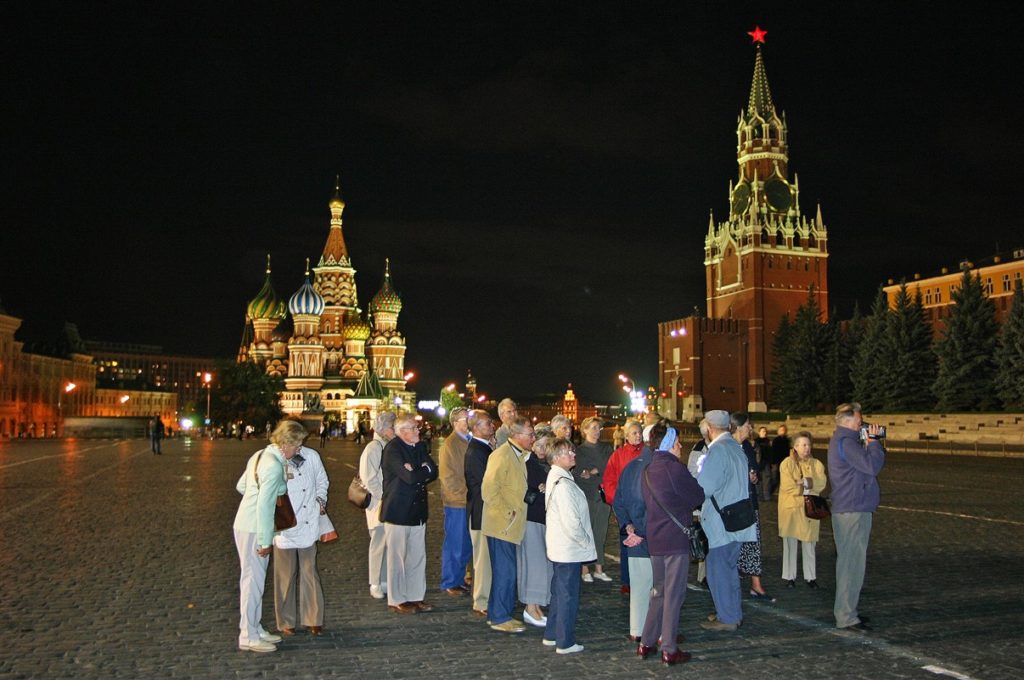
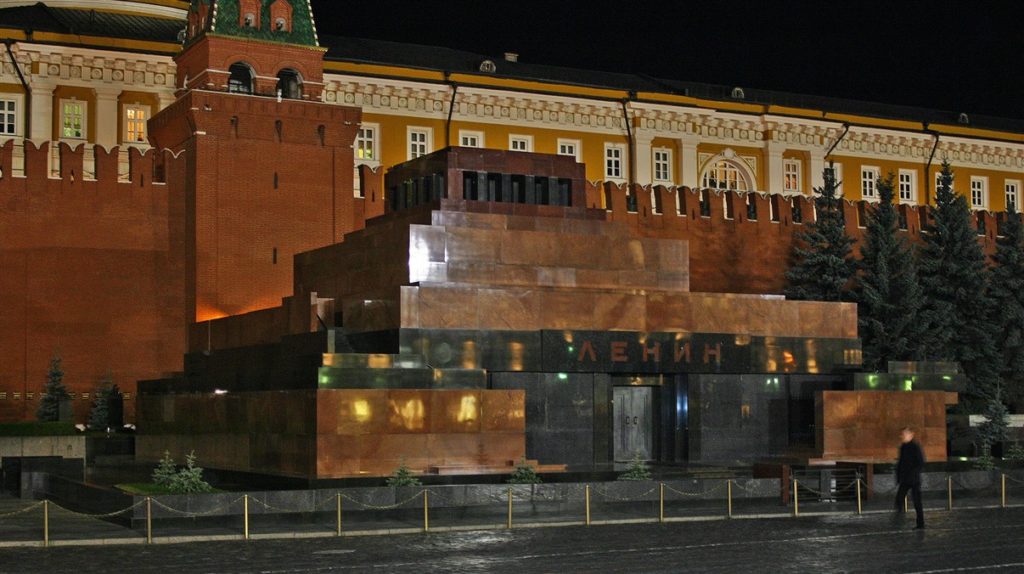
The northern part of the Red Square is bordered by the St. Nicholas Tower (one of the Kremlin towers, rebuilt after the French had blown it up in 1812), the “Kremlin-style” State Historical Museum (which has an impressive collection of antiquities, from prehistoric artifacts to artwork of the Romanovs), the Resurrection Gate (with its small chapel) and the Kazan Cathedral (demolished by order of Joseph Stalin in 1936 and rebuilt in the 90s).
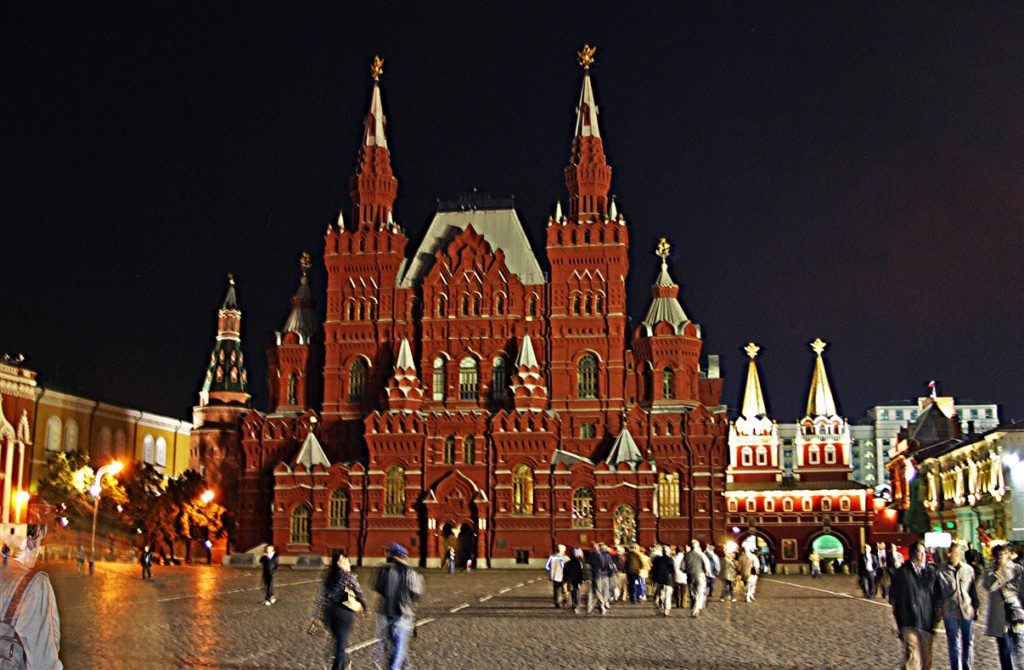
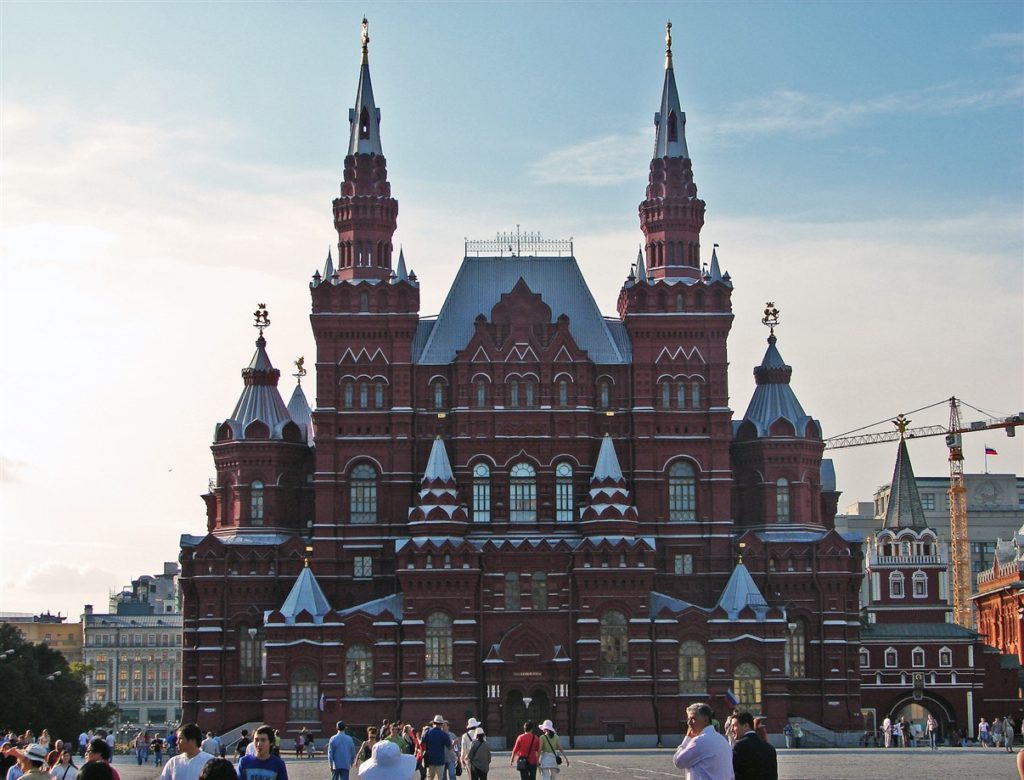

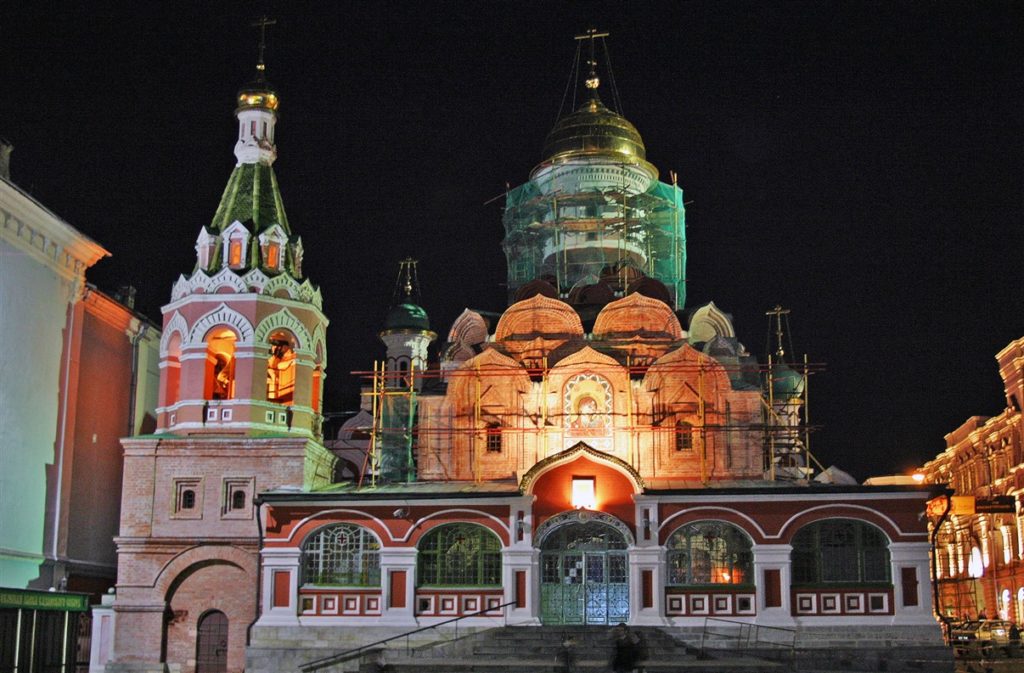
The eastern part of the square consists of the GUM State Department Store, originally built at the end of the 19th century. The most iconic of all Red Square buildings, however, stands at the southern side: the unique and colourful Saint Basil’s Cathedral. This former Byzantine cathedral, nowadays a museum, is a national symbol and its structure is unprecedented, even in the Byzantine tradition of church building.
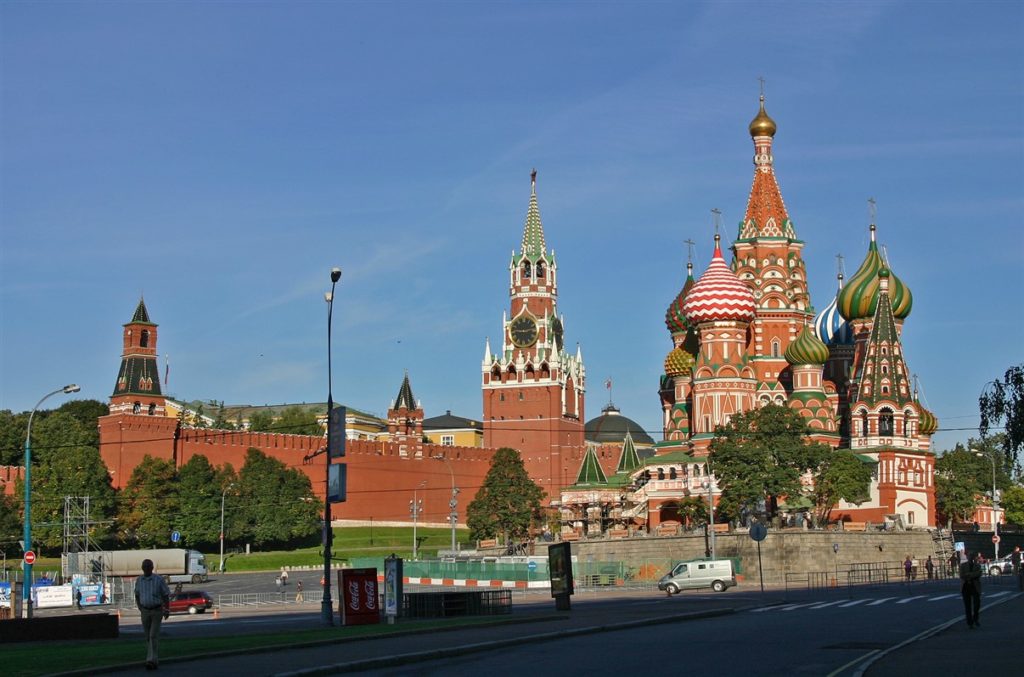
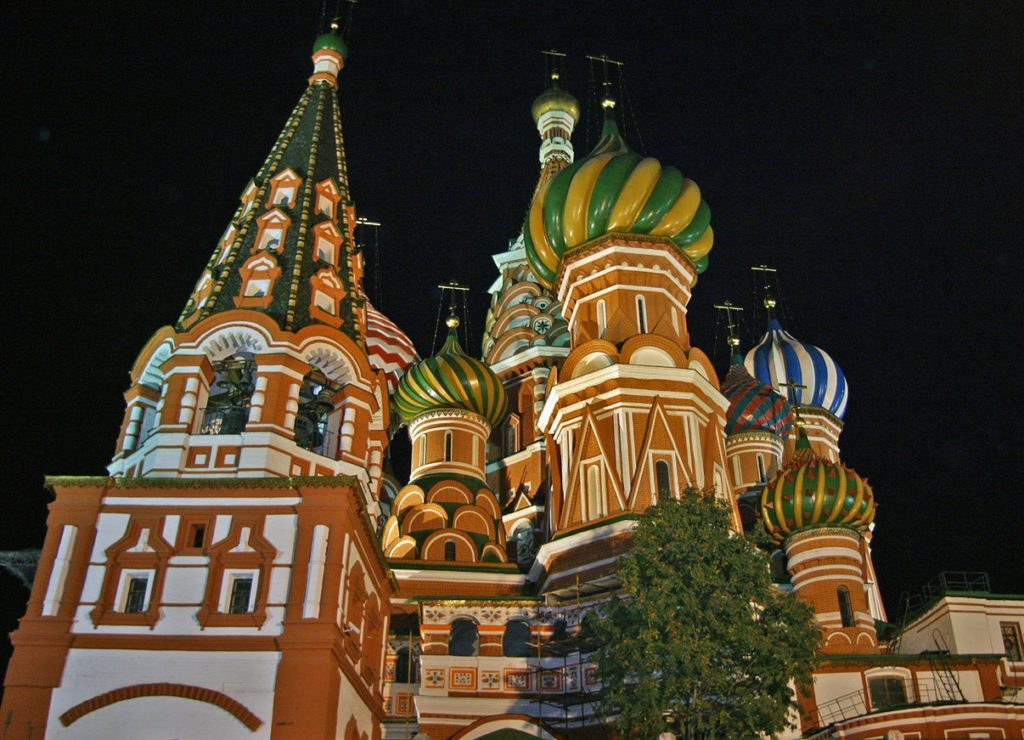
Except for passing through the Resurrection Gate, I can’t say I have visited any of those buildings on the inside. Like I said: our visit was quick and (not so) dirty. On the other hand, this square, surrounded by all those exquisite historical buildings, made quite an impression on us all. This is the very heart and soul of Moscow, the heart and soul of Russia even. Regarding the photos: most of them were taken at night, and my photography skills in those days were even worse than they are now. Especially when it’s dark. I was lucky that Photoshop came to the rescue a bit, but the results are not so nice, I’m sorry.
During our few days in Moscow, we stayed in the Rossiya Hotel, which was situated adjacent to the Red Square. This hotel was built in the 1960s by the Soviet government. At that time it was the largest hotel in Europe, with 3000 rooms and a 21-story tower. In January 2006 (only a few months after our stay), the hotel was closed. I still remember the empty hallways and spooky dining-room: it was clearly a dying relic of another time.
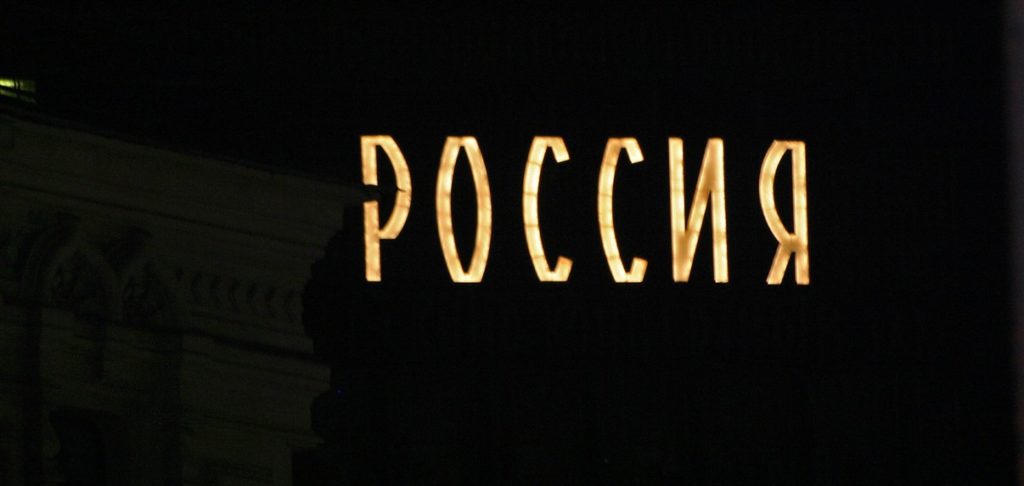
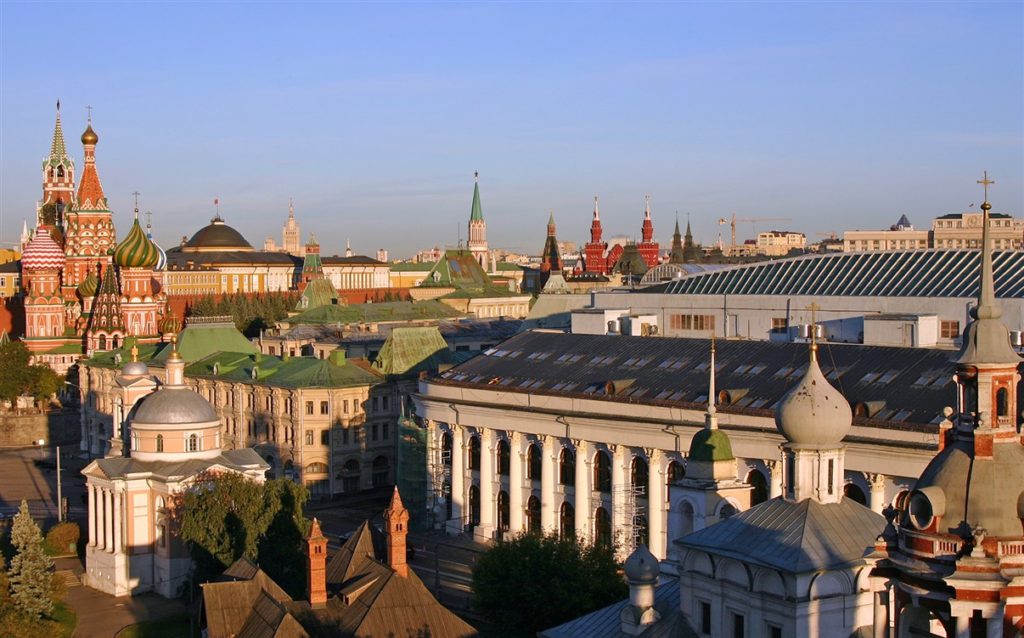
Another fun anekdote: we witnessed a concert of Joe Cocker, who by coincidence played just outside the Red Square (and in front of our hotel) when we were there. We hadn’t payed for the concert but could clearly see and hear everything from outside the “concert area”.
The Kremlin (Московский Кремль)
In fact, Thé Kremlin is just Á Kremlin, since there are numerous Russian cities that have a Kremlin. However, because the Kremlin of Moscow is the most well-known, it is often referred to as Thé Kremlin. A Kremlin is a major fortified central complex in a Russian city. The Moscow Kremlin is surrounded by a high wall with its typical Kremlin towers (nowadays still topped by Soviet stars that are illuminated during the night). Inside, there are no less than 5 palaces and 4 cathedrals. The Grand Kremlin Palace was originally the Tsar’s residence, but it is now inhabited by the Russian President.
The Moscow Kremlin State Historical and Cultural Museum and Heritage Site (hoho, what a name!) is definitely a must-visit when you’re here. It includes a number of palaces and cathedrals, as well as the Armoury Chamber, which has a very rich collection of Russian art, antiques and royal parafernalia. This includes the famous Fabergé eggs, late 18th-, early 19th-century easter gifts for the Tsars.
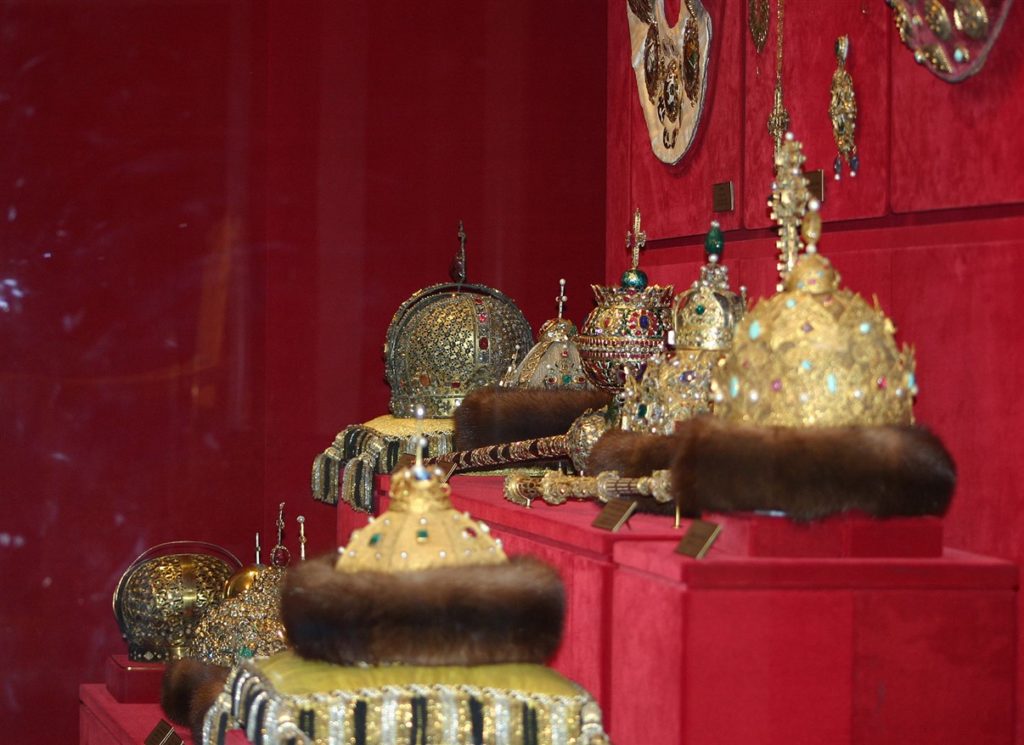


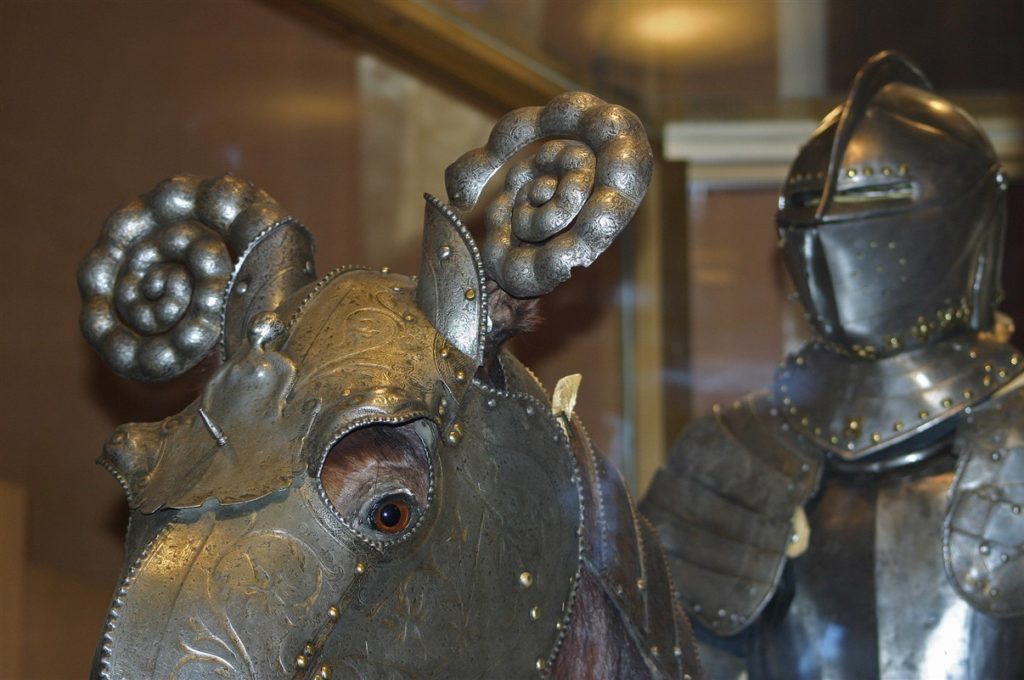
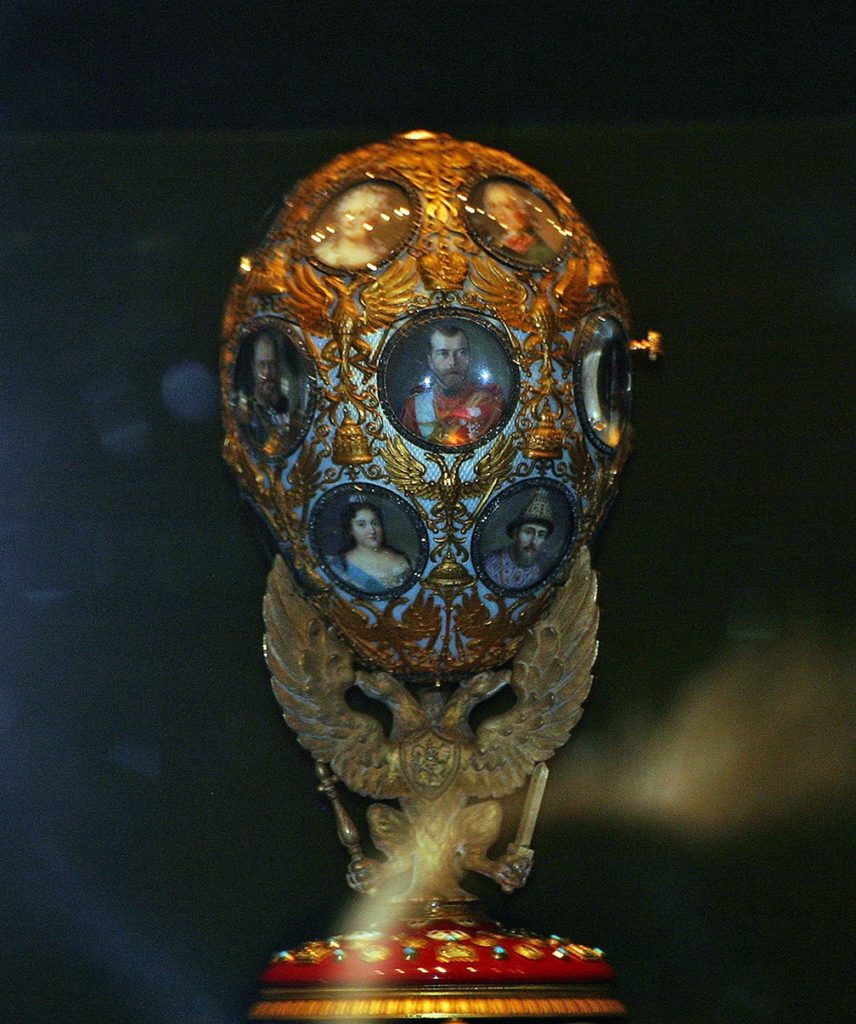
Although it is relatively small, the Cathedral of the Annunciation (originally 15th century) is probably the most spectacular of the Kremlin cathedrals, both from the outside (with 9 golden domes) as well as from the inside. The central prayer area, which includes a large iconostasis with works of the famous medieval painters Rublev and Theophanes The Greek, is surrounded by several galleries. The northern gallery contains a famous Image of Edessa icon. It is separated from the central room by a spectacular azure blue doorway.
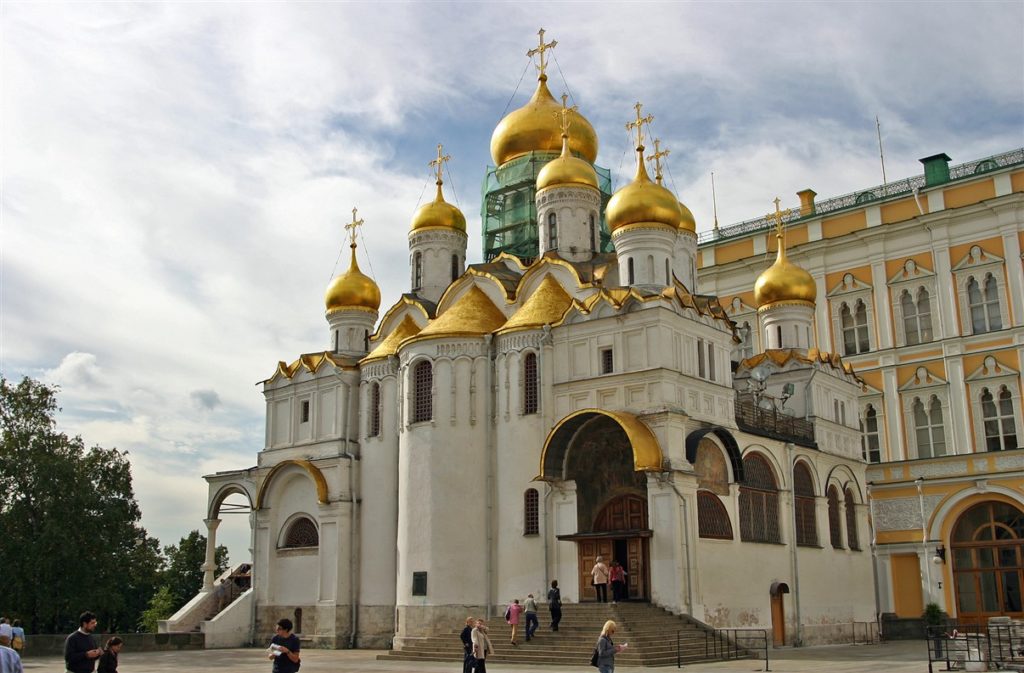
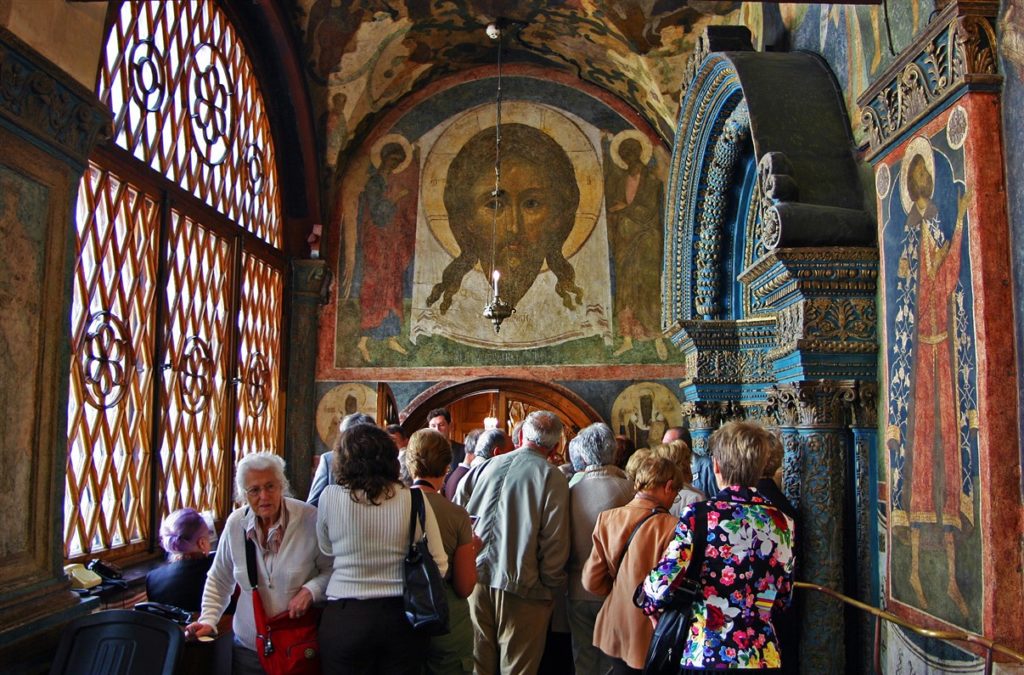
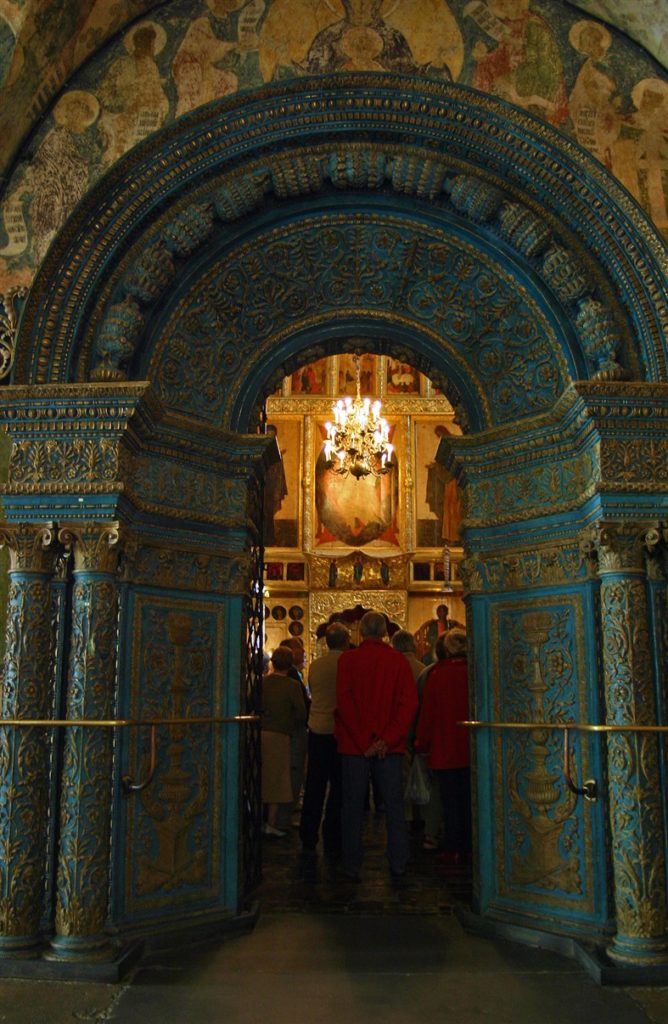
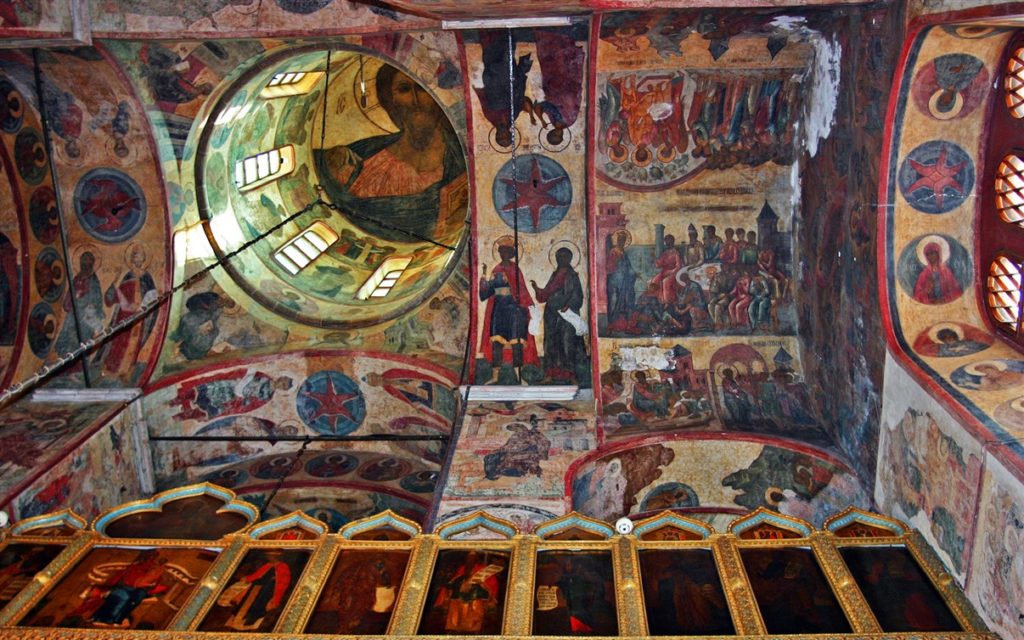
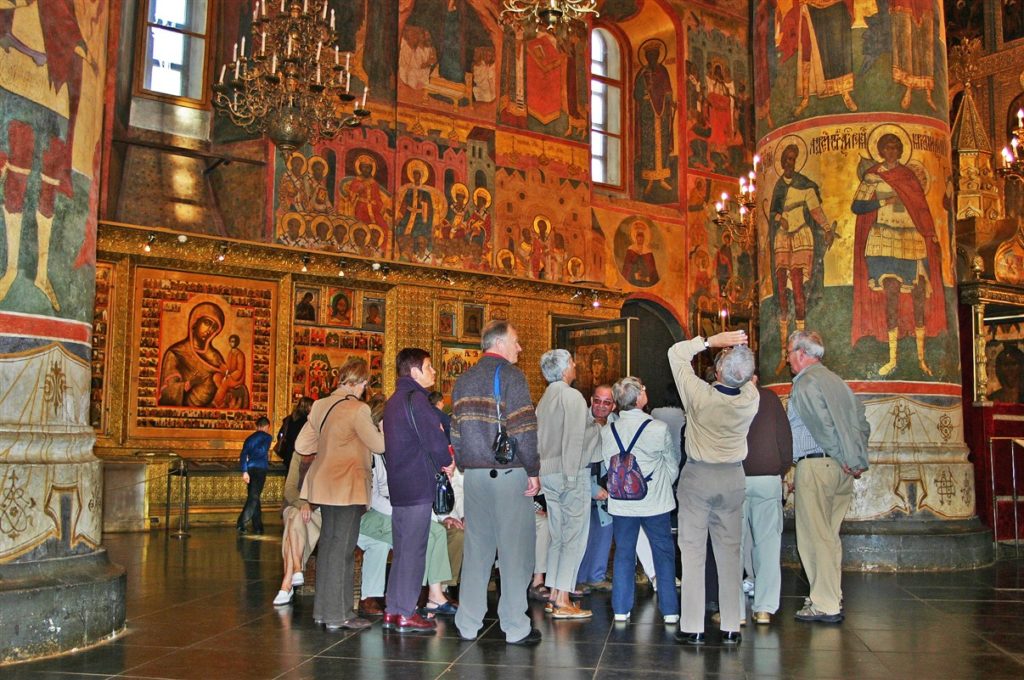
The interior of this cathedral is a profusion of religious paintings and symbols, as well as a lot of gold and other shiny precious materials. I suggest you don’t visit each cathedral in the Kremlin, but rather take a walk outside and take in the atmosphere of this peculiar place.
Together, the Red Square and the Kremlin form a UNESCO world heritage site.
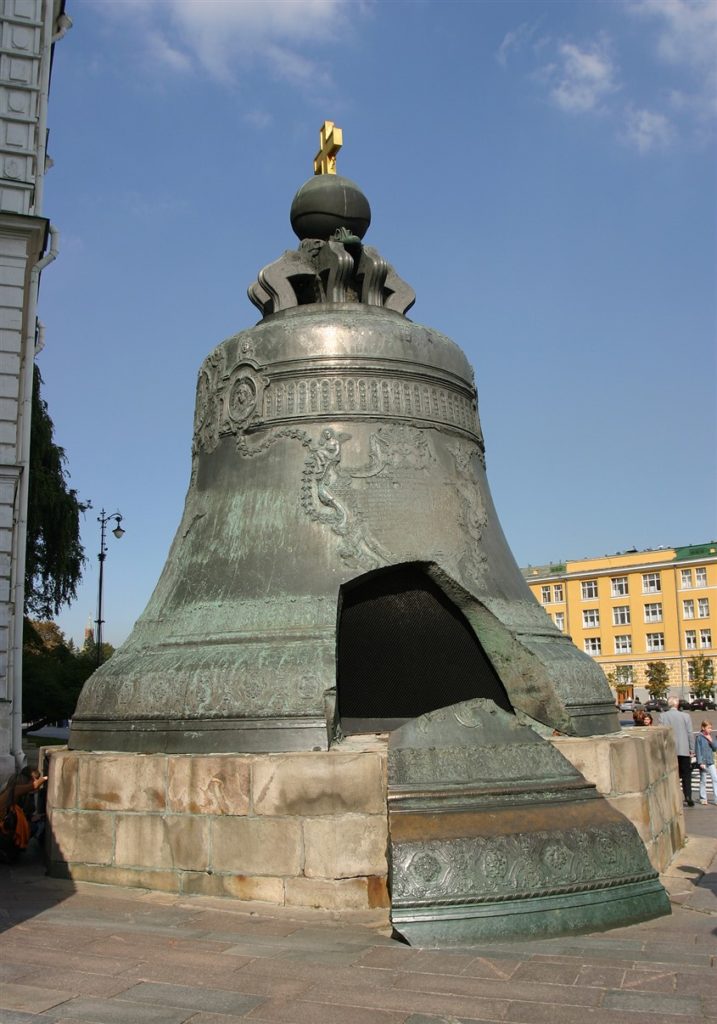
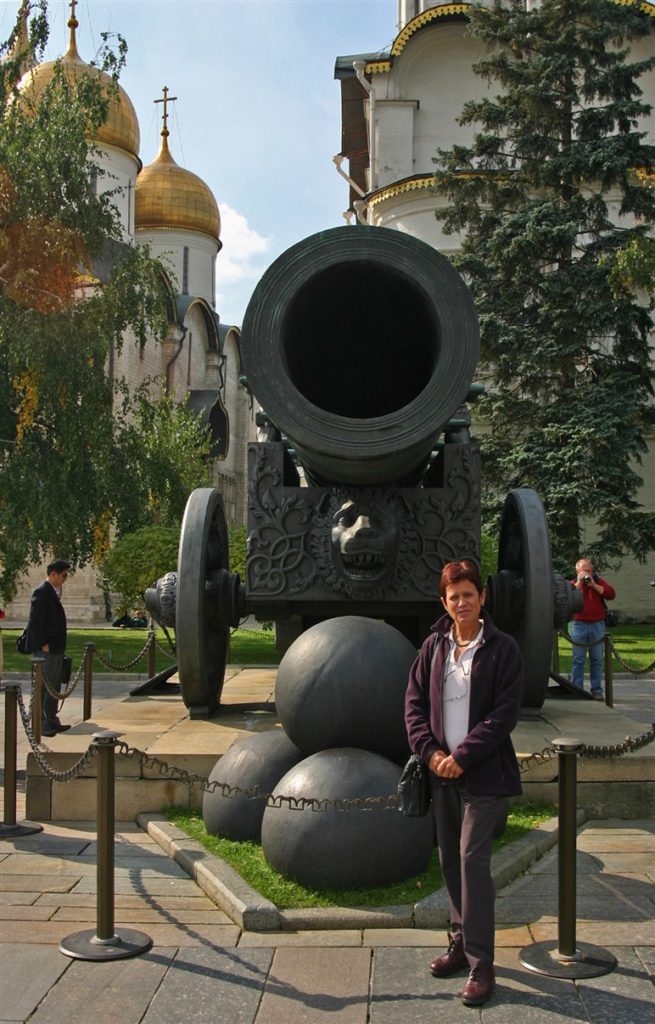
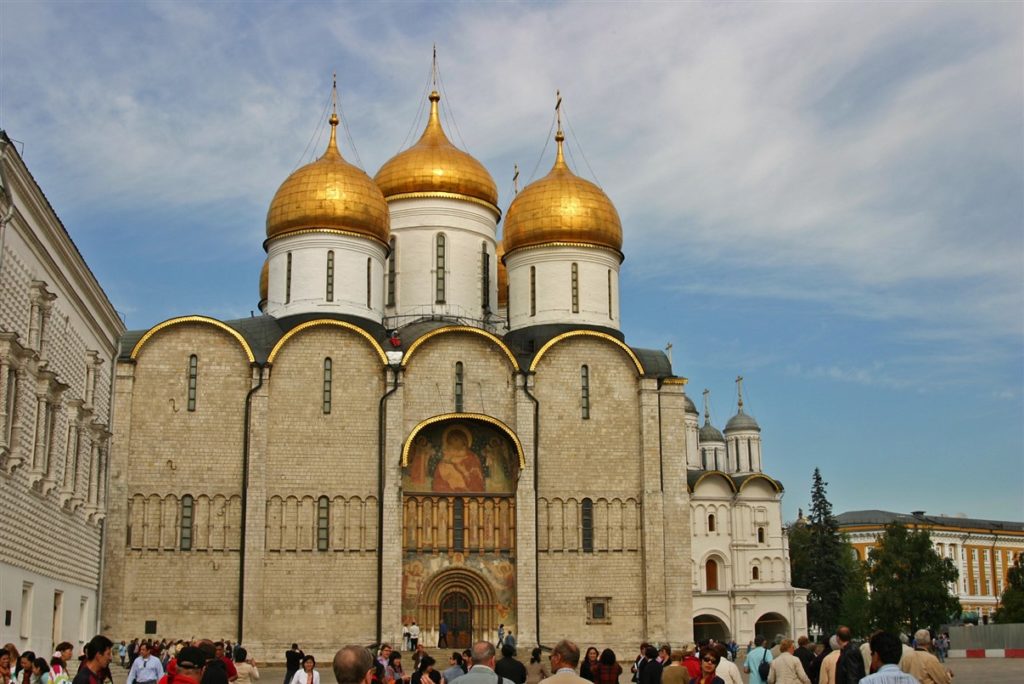
The Novodevichy Convent (Новоде́вичий монасты́рь)
This 17th-century monastery is also a UNESCO world heritage site. The entire convent was built in the so-called “Moscow Baroque” style. It’s importance is closely related to the Kremlin and the Tsars, since it was used by women of the Tsar’s family and the aristocracy. Just like the Kremlin, the (mostly religious) buildings of the Novodevichy Convent are richly decorated with numerous paintings and artefacts.
The cemetery associated with the convent is equally interesting. It contains the graves of several Russian leaders (e.g. Nikita Khrushchev and Boris Yeltsin) and famous artists, such as Sergei Prokofiev, Mstislav Rostropovich ànd Dmitri Shostakovich. I have never visited the cemetery, though. As you can see, this is at least one important reason why I need to come back here.
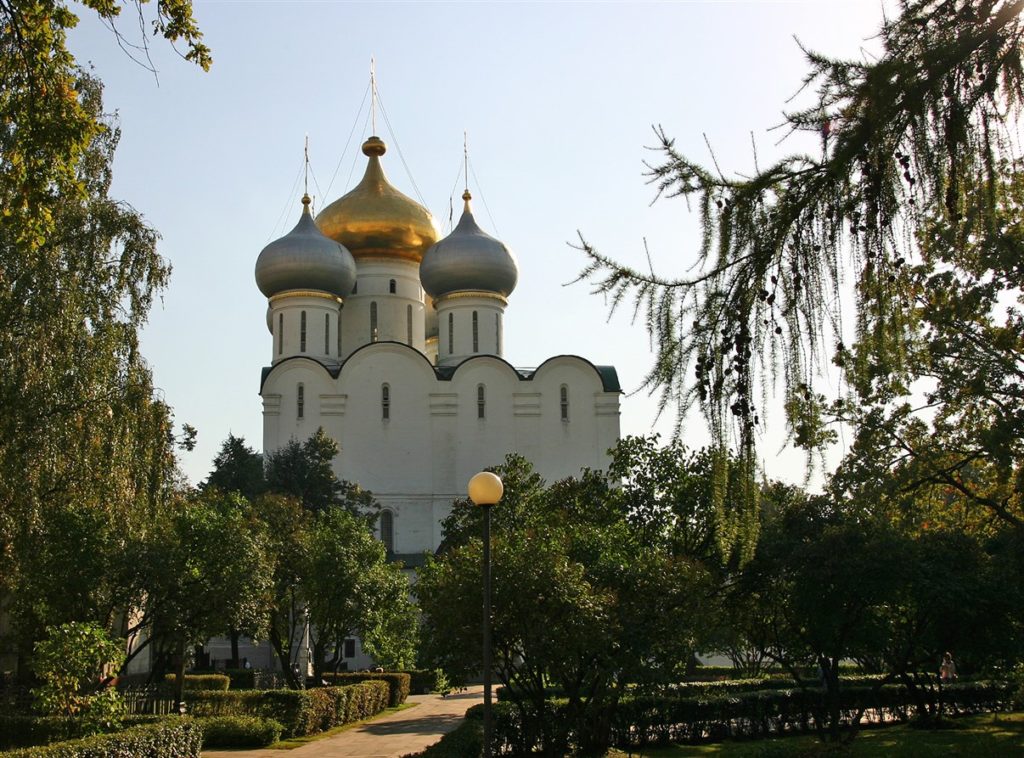

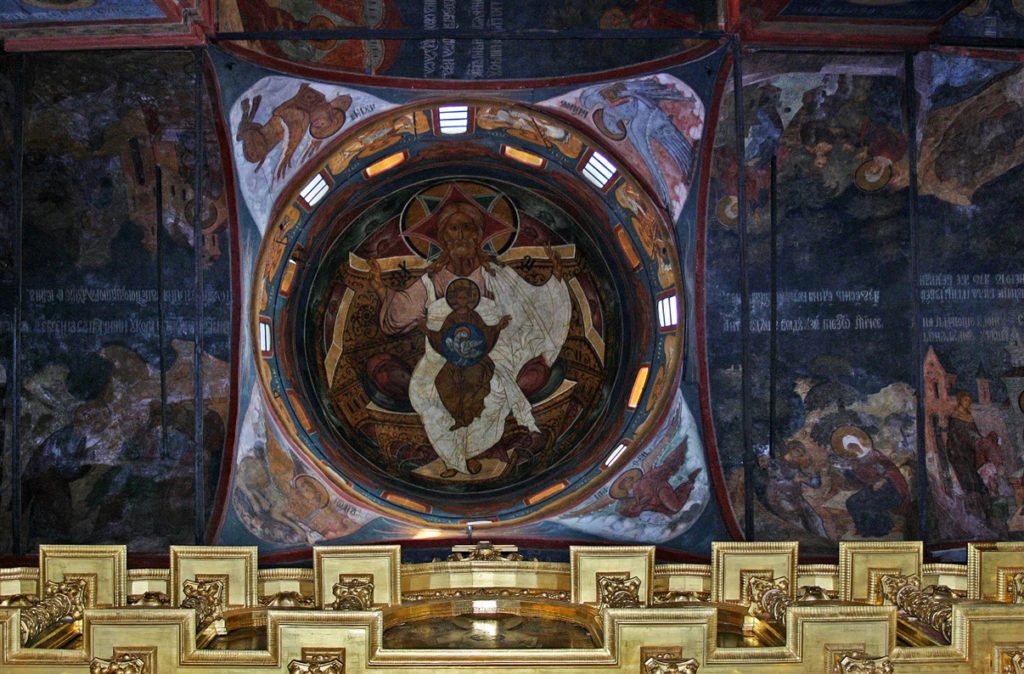
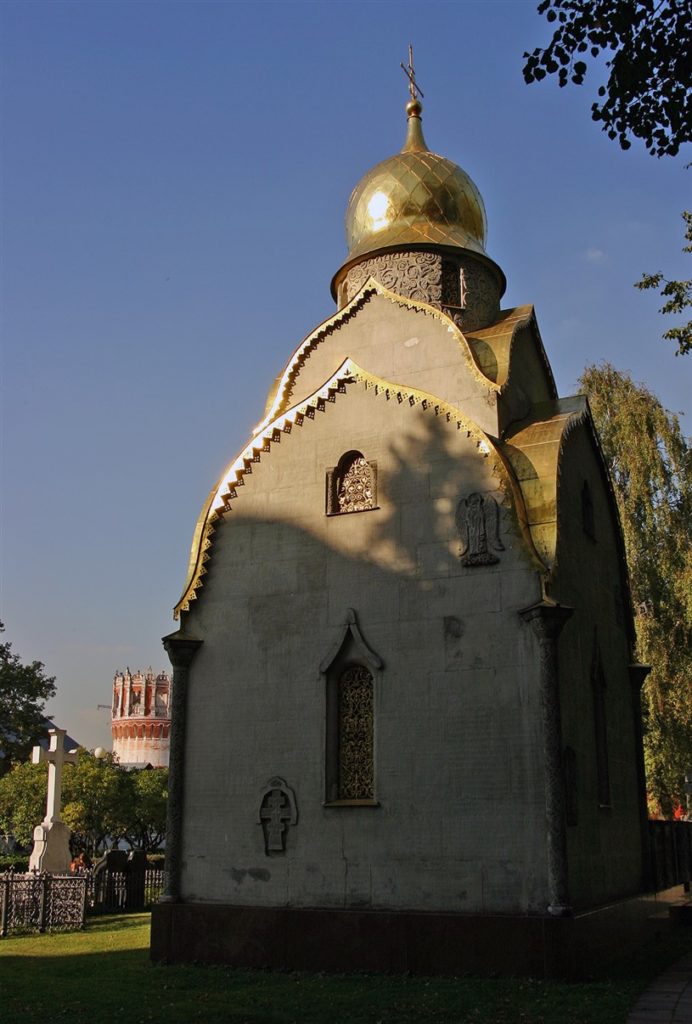
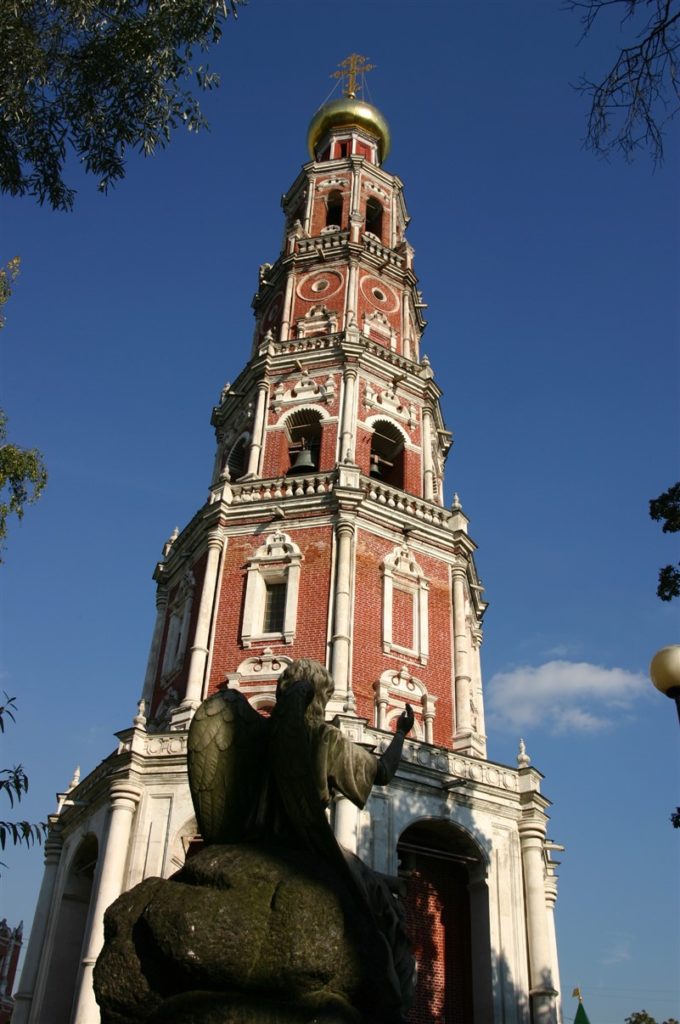
The Pushkin State Museum of Fine Arts (Музей изобразительных искусств имени А. С. Пушкина)
This museum is the largest museum of European art in Moscow. Since it features works of many famous European artists, it really is a must-do for every traveler with a heart for art (yes, word joke there…). We only visited the paintings and sculpture section, but the museum also has an extensive archaeological collection.
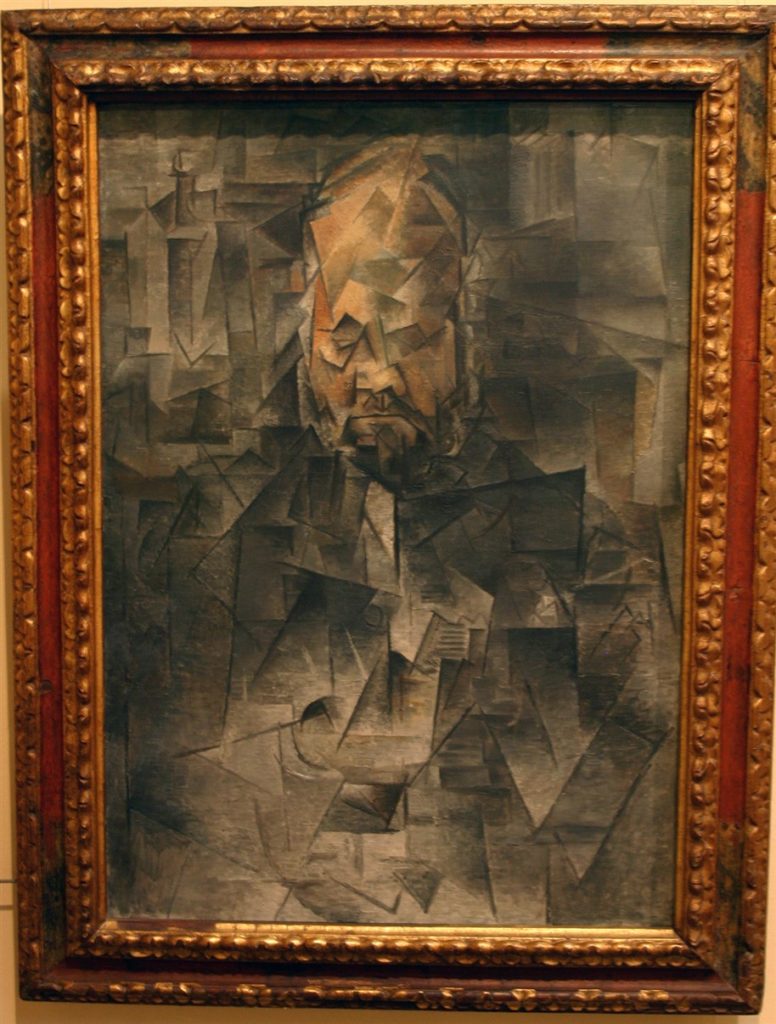
Cathedral of Christ the Saviour (Храм Христа Спасителя)
Just opposite the Pushkin Museum you may find the third tallest Orthodox Christian church building in the world. Maybe that’s not very spectacular, but the building is I think. The original version was constructed in the 19th century and hosted the premiere of the Ouverture Solennelle “1812” by Tchaikovsky. This building was demolished in 1931 by order of Joseph Stalin (yes, him again), since he wanted to build a giant palace here (which never was constructed). The cathedral was rebuilt between 1995 and 2000.
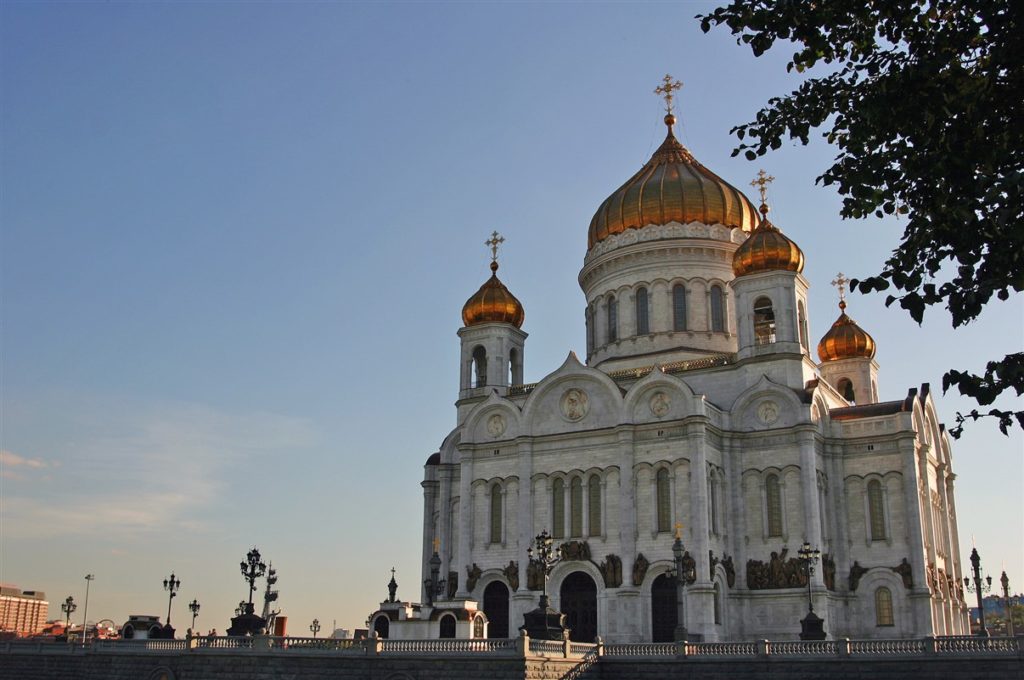

The Seven Sisters (Сталинские высотки)
After demolishing the cathedral of Christ the Saviour, Stalin ordered the Palace of the Soviets to be built on this spot. The construction was, however, interrupted by WWII and the metal frame that was already put in place was used for the fortification of the city. After the war, Stalin changed his ideas about the appearance of the city completely. In order for Moscow to equal the greatness of capitalist cities all over the world, he wanted seven enormous skycrapers to be built in “Stalinist style” (a.k.a. Socialist Classicism), their overall image inspired by the Municipal Building in Manhattan. At the time of construction they were the tallest buildings in Europe. These remarkable buildings are notable eye-catchers that remind us of an eventful period in Russian history.
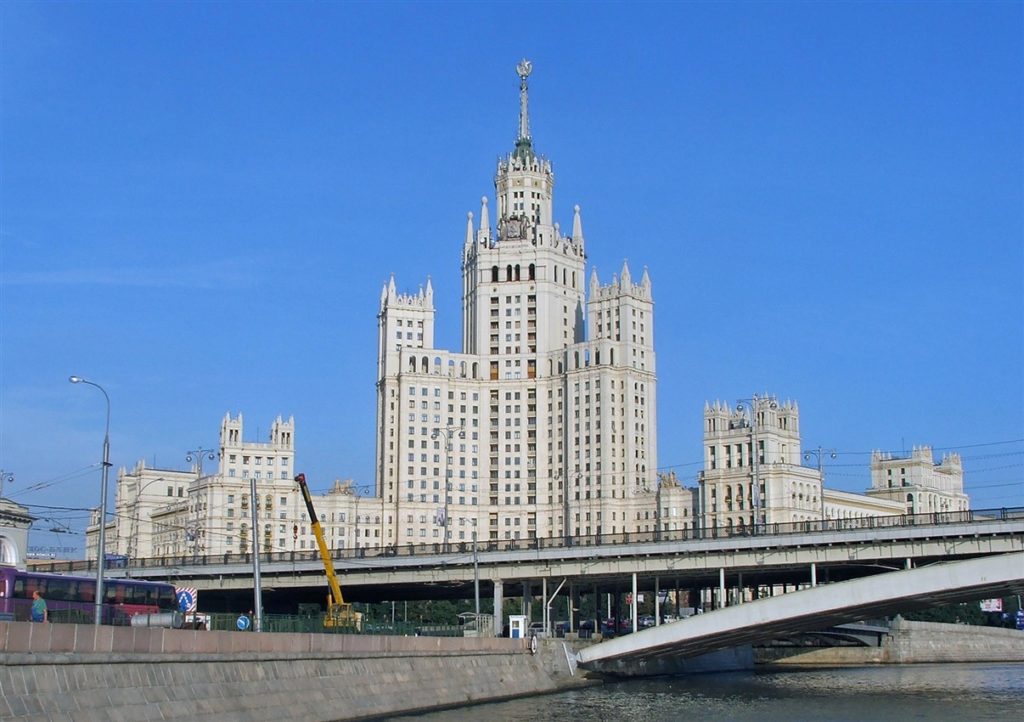
Sergiyev Posad (Се́ргиев Поса́д)
To be more precise, the Trinity Lavra of St. Sergius is a must-visit in the city of Sergiyev Posad. This 14th-century orthodox monastery is the most important one in Russia ànd a UNESCO world heritage site. It developed between the 15th and 18th century and combines the styles of different centuries. It also blends religious and military architecture. The Cathedral of the Assumption contains the tomb of tsar Boris Godunov. Among the treasures of the Lavra is a famous icon called The Trinity, painted by Andrei Rublev.
Even if you have already visited the religious buildings of The Kremlin with all their artistic and architectural splendour, I do think this is a necessary day trip to make. Sergiyev Posad is only an hour driving or 2-3 hours by train from the very center of Moscow. When you approach the monastery from the village, it just looks like something from a fairytale, with its bright colours and rounded domes. Like a religious Disneyland I would say.

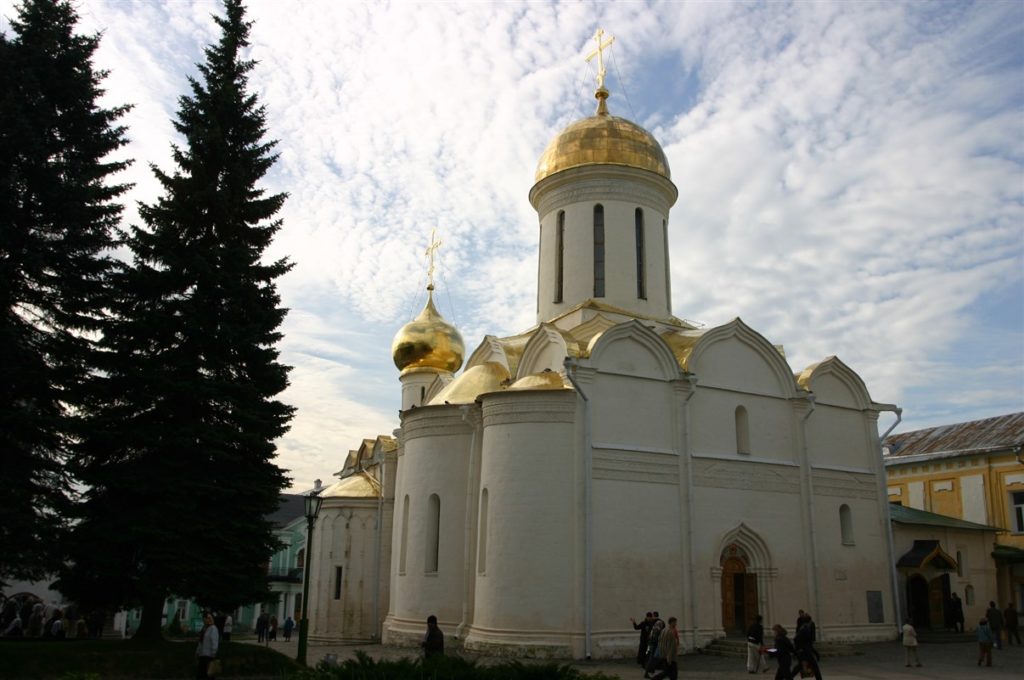
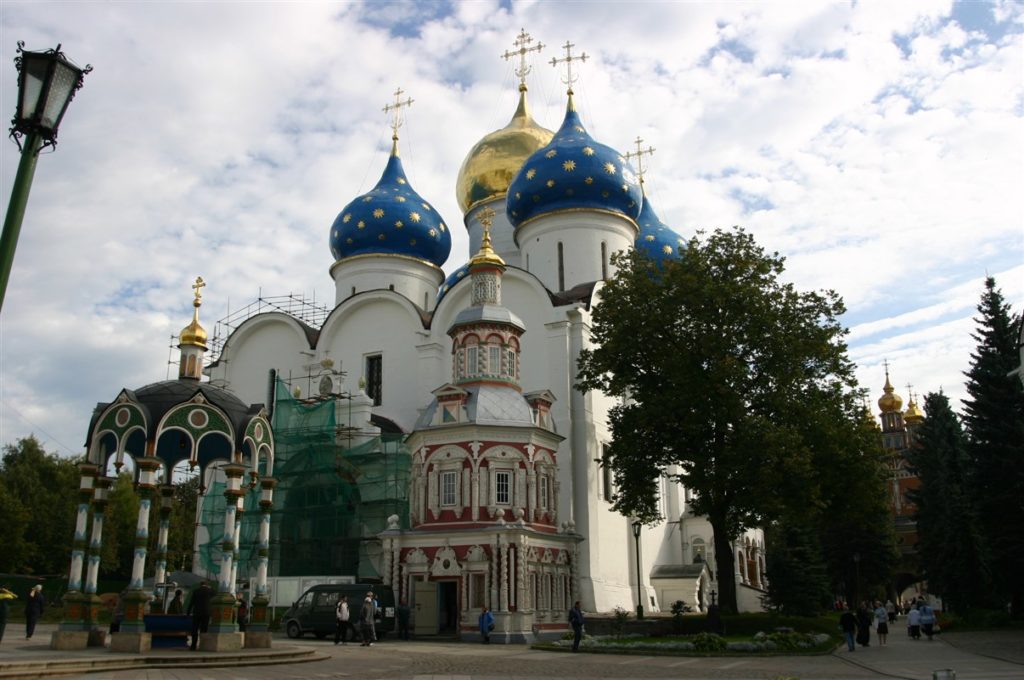
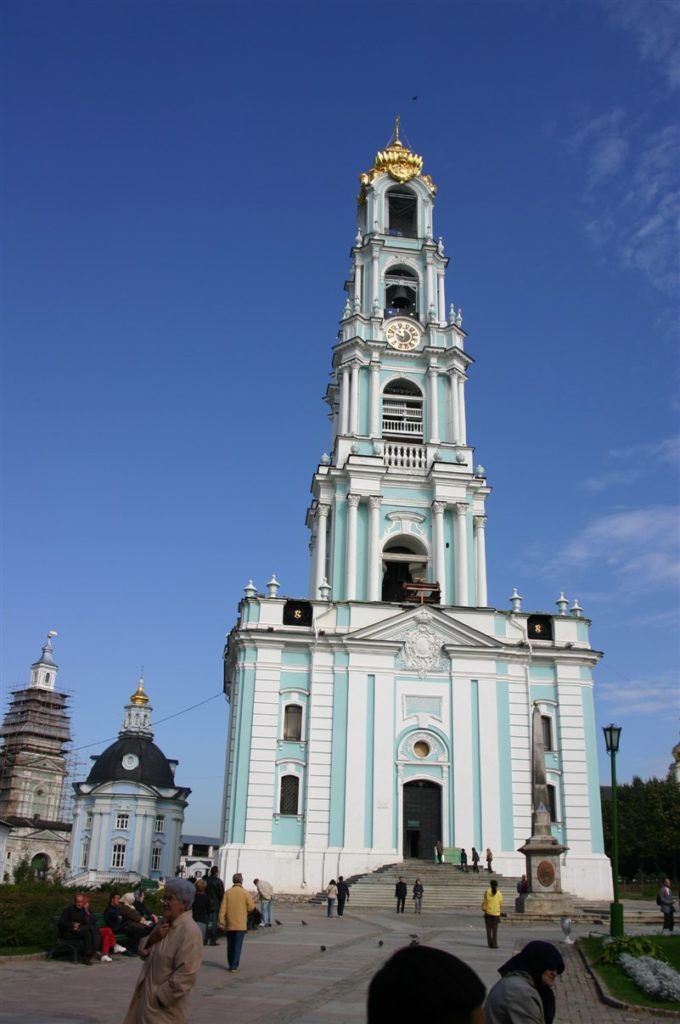
Take a tour of the Moscow underground (Моско́вский метрополите́н)
The Moscow Metro was opened in 1935 as the first underground in the Soviet Union. With 263 different stations it is also the longest metro system outside of China. But that is not the reason why you should visit it. Several stations are so beautifully decorated with statues, paintings and other artistic forms of expression that it would be a shame to leave Moscow without seeing them. These stations are even known as the “underground palaces of Moscow”. While the pre-war stations symbolise the industrialisation of Russia, the stations built after the war illustrate victory and national pride. Find yourself a guided tour, though. Since I have not always felt safe in the Moscow underground I would not advise you to explore it on your own.
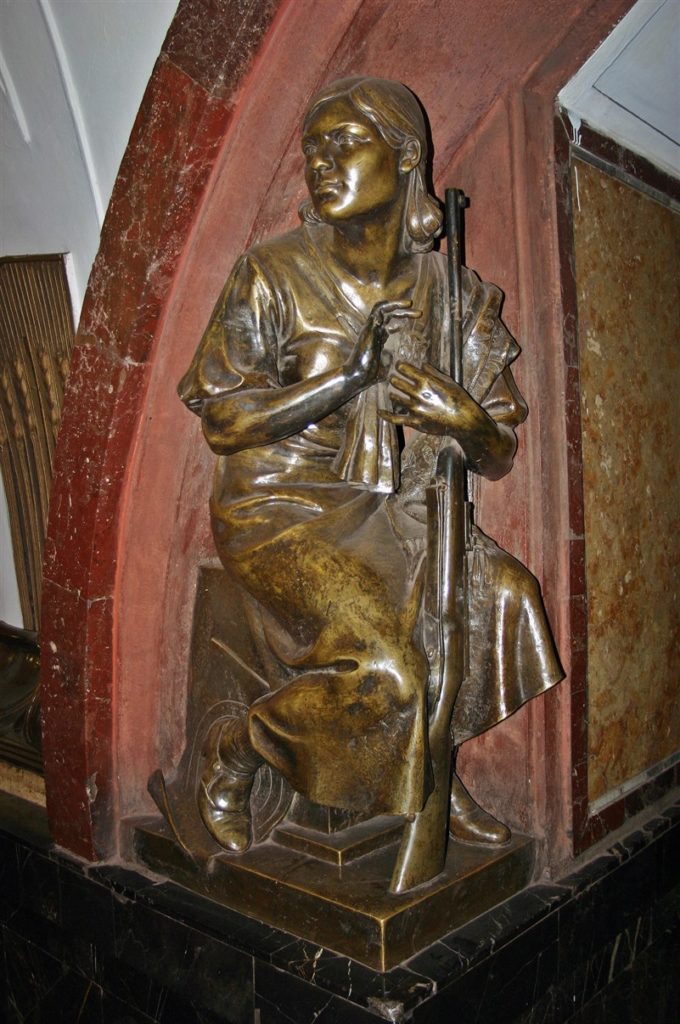
Go on the water!
It might sound as a cliché, but take a boat tour when you visit this city. The Moskva (Moscow) River runs right through the city center and therefore going on the water is an ideal way to see Moscow from a different perspective. The river itself also has a treat to offer: the giant Peter the Great Statue which rises up from the water in all its glory.
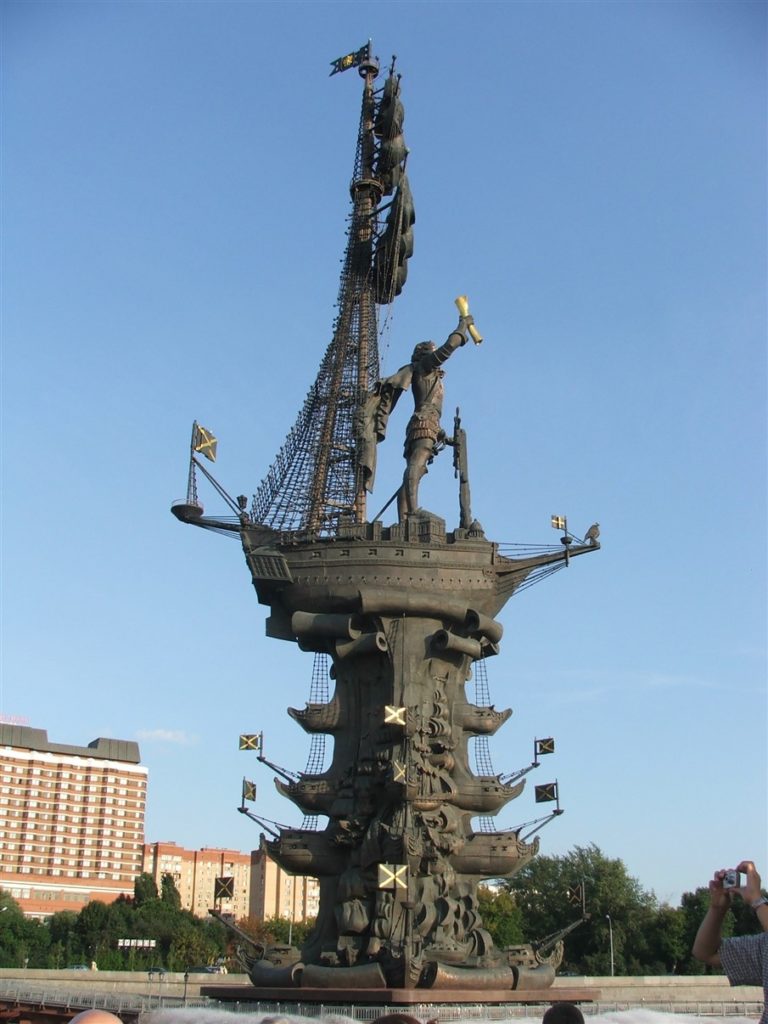
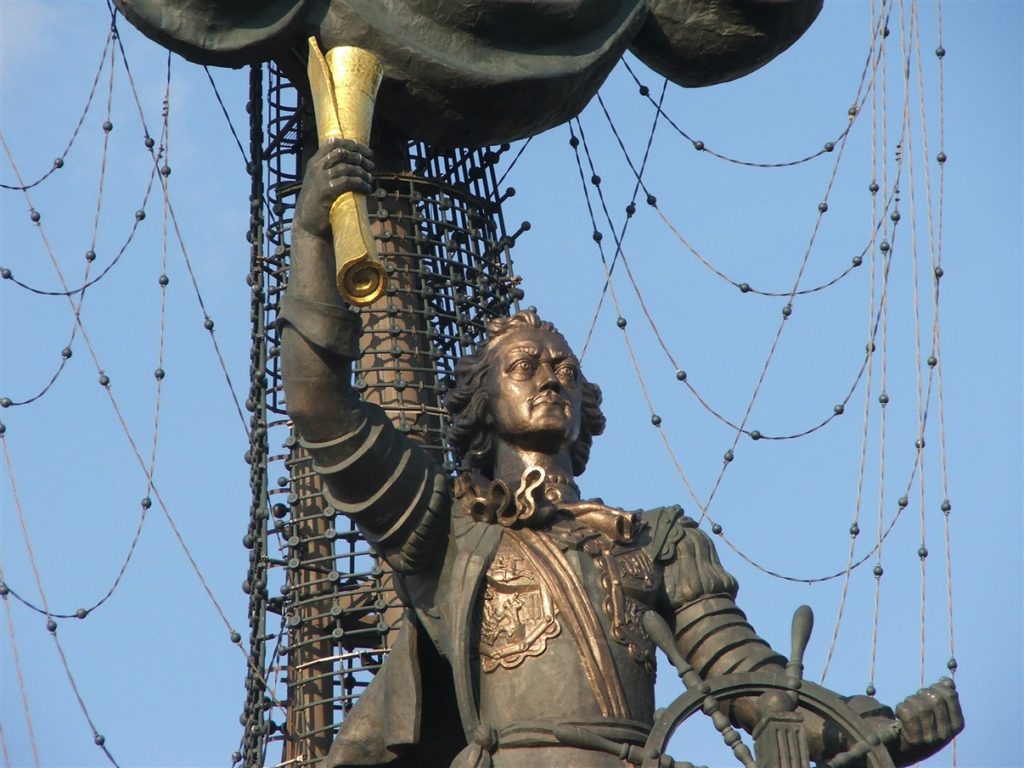
This has become a longer blog post than I originally had in mind, but seriously, this is only a tiny fragment of what this city has to offer for a traveler. As you can see, Moscow is just the perfect spot for a cultural city trip. So what are you waiting for? давай!

